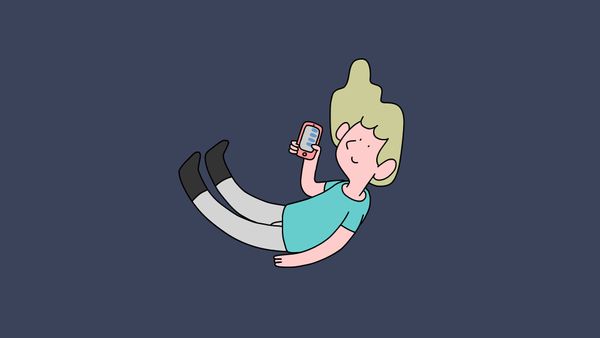Although the lockdown will not last longer than a few weeks, maybe months, the experience will probably leave a longer-lasting mark on our lives, way of living and living spaces, too. The time spent forcibly at home, home office, being locked in and together all have their lessons already at this point – the question is whether these experiences are severe enough to define or shape how our future spaces will be designed.

In our interview series, we ask the representatives of different fields about how they think the changes our living spaces. We start this series with András Göde, a teacher of the Institute of Architecture of Moholy-Nagy University of Art and Design and an architect of Kroki Studio.
Many families face the problem that their homes have to fulfil a wide variety of functions, and on top of it, it has to fulfil all these functions at the same time, in parallel with each other. Office, classroom, gym and so on. Is it possible that the open-floor plan type of layout that has been wildly popular in the past years has come to its end due to this experience?
I, too, experience this, as both of my children are of school age, so we had to reorganize our own lives so that they could have their own spaces where they would not be bothered by the environment. However, I don’t think that this could result in such a radical change in our spaces that we would divide our apartments up into many little compartments, while everyone prefers confluent and ample rooms, not a ton of doors. I rather think that one of the solutions for these problems will be given by technology. Headphones are a given, and the next step will be when microphones won’t bother the environment either, a solution for this will arrive soon, for sure. Back to the spaces,
I have an idea that there will be kind of temporary space divisions: small capsules, space separations with which people can create mini zones.
But these wouldn’t be divided in terms of airspace, as air is a basic necessity. It’s enough to think of a 8-10 square meter bedroom – how you get up in the morning out of breath, because it was all used up during the night.
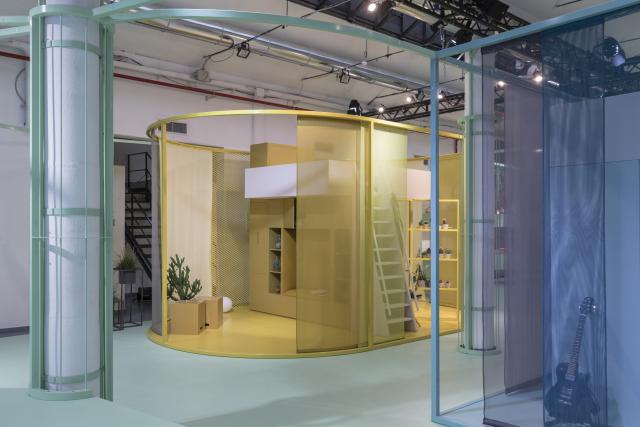
So I think roomy and open spaces will remain, but with little bits of separated space. I was just looking at a project from a few years back, which was presented at an exhibition in Milan. Here, a team of designers created living capsules with the background concept that in the future, ways of living other than the traditional family models will also emerge (mosaic families, single persons, students), as a result of which the space-sharing type of living space will become more and more popular, and community spaces will also gain a bigger role.

In this project, they didn’t establish the small capsules for a person, but for various functions (e.g. sewing, sound recording, reading or music capsules). So they divided
rooms from the spaces where actions requiring some intimacy can be performed. Maybe this will be the solution if we cannot further divide our spaces. For example a work capsule, where you can do a conference call in peace, without having another person doing yoga or a kid in the background.
We have arrived to one of the most basic changes that sneaked into our lives: the home office phenomenon.
Yes, many people were reluctant to work from home up until now. Now, however, we will learn that this is something we can actually do, and even if it’s less effective than the office, it can have the added value of subsisting in the post-epidemic times as an alternative. We, for example, already talked about how we would retain this option to some extent back in the office. It’s straight off beneficial for those commuting to the city from afar or the more introverted types, but one thing is for sure: it’s not something of the devil. Maybe we will accept working from home in the future more, and we’ll not insist on what has been tried, and what we believe to be working. I think it’ll probably result in a mixture, I think the two types of working will be prevalent at the same time.

Spending less time outdoors is also a dominant experience. What do you think, what tendency will this result in? Detached houses will gain popularity over urban apartments again, or will we come up with a different solution?
A few years ago, there was a big outflow trend, when everyone started to move to the suburbs. Then these people all started to move back to the cities when urban spaces became more livable, it took more and more time to get to their workplaces in the morning traffic and urban apartments became valuable. It’s true that detached houses with gardens gained more value since the outbreak. But it’s hard to tell anything about this yet, since we don’t experience isolation to the fullest extent, to the extent they do in Italy, where you can’t even walk out your door and the residents of cities are sunbathing in the windows with their legs out.
Maybe there will be another wave of moving out, but I think the majority of people don’t think that once we get past this, then it will be epidemic after epidemic and so they need to buy a detached house. According to one of my acquaintances who is a virologist, a pandemic comes every 100-150 years: a hundred years ago there was the Spanish flu, almost the same years ago there was the plague, and maybe there will be more from now on, but I am an optimist. We’ll have a cure and let’s hope the next one will only come in a hundred years. The important thing is that we should learn that great epidemics are not only things of the past, they can hit us anytime.
Even if we think optimistically, it’s possible that we’ll incorporate certain actions and patterns subconsciously that will accompany us in the future. One of them may be stockpiling, either food, household items or medicine. This can also leave a mark on the floorplan – pantries, for example, might just have a great come back.
That’s right, my grandmas who survived World War II also had some sugar and flour on the top of the cupboard, because “you can never know”. Although now it seems that food supply is not something we should be worrying about, as it is taken care of, it’s also true that there is a lingering thought in people’s heads that there are one or two things of which they should still pile up some.
By the way, the function of the pantry’s started to be called into question around the ‘60s, at least in Hungary, in the Socialist era. At the time of the panel housing estate program, they said there won’t be a need for pantries any more, because everyone will go to restaurants. Well, that didn’t happen.. But if they have to save some square meters, what is left out usually? The pantry and the hall, the two most important spaces.
If we are talking about the hall: the importance of halls have also increased due to hygiene. All in all, can we presume that sanitization, the tools related to the same as well as easy-to-clean materials and surfaces might have a bigger role in our homes in the future?
I have mixed feelings about this. On the one hand, sanitization is necessary by all means, there is no doubt. But once the epidemic is over, it can even become harmful. We need many bacteria for our bodies to learn how to defeat them. If we live amongst too sterile circumstances, it’s possible that when we go out camping, for example, we’ll get sick just because our bodies were not used to our hands being dirty. So I think this sterility mania will last for some months after the virus is gone, but then it will fade away.
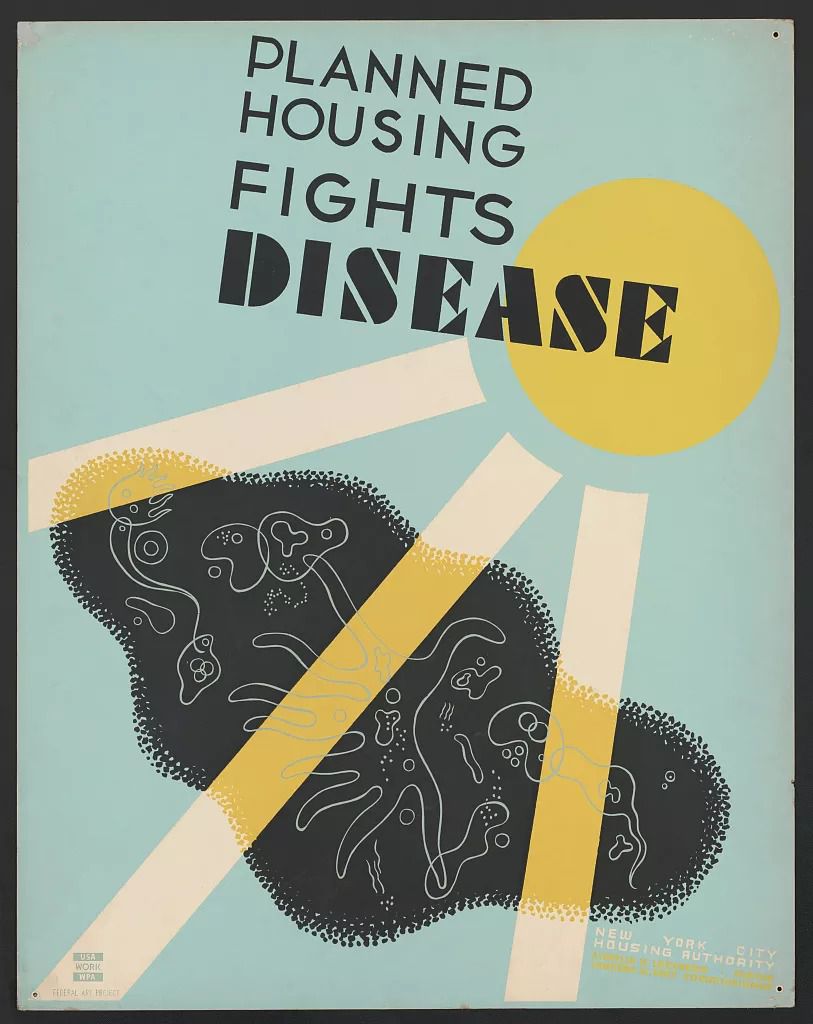
Preserving our mental health is just as important, and it can also be supported by the environment and architecture, too. Probably many people didn’t consider the impact of environment on mental health this important until now. Is it possible that this will change as a result of the epidemic?
What we can see undoubtedly is how nature’s value has increased. In Telki, where I live, there are as many people in nature reserve areas as in Andrássy avenue on weekdays. People escape to the woods, there are at least two or three times more people than before.
I hope this will also have an impact on urban planning and finally they will realize that cities need more green spaces, both for cleaning the air and for the welfare of people.
What can those people do who have no access to nature at the moment?
I think what those living in the city center realize now is the role of balconies. How important a living space it is, how it should not only function as a bicycle storage area, and how it should be of at least a size allowing the habitants to eat breakfast there. Or to sunbathe during lockdown.
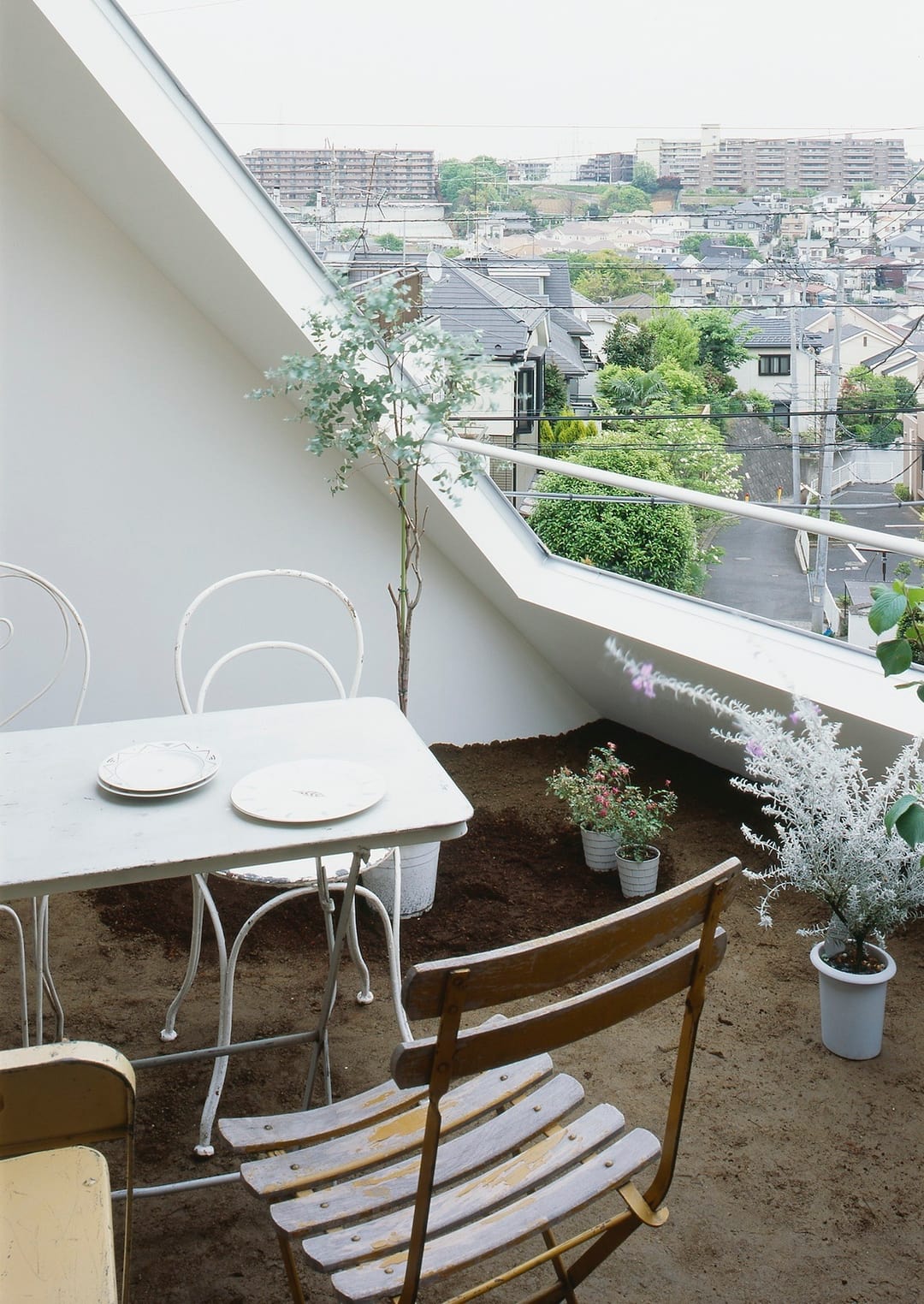
The same way, green areas will also become more emphatic. This is, of course, not only the result of the epidemic – five years ago, I would have been laughed at if I brought a plant into the office, while today, it’s a normal thing to do. Young people need them more and they also take care of them.
The importance of balconies will be enhanced by this situation greatly, this one’s for sure, and this will be primarily visible in real estate prices: while real estate agents calculate balconies at a half square meter price, I wouldn’t be surprises if this went up to the full price.
Highlighted photo: A house in Yokohama – Tetsuo Kondo Architects. Source: Thisispaper

Support Hungarian design! | SLOW LIFE
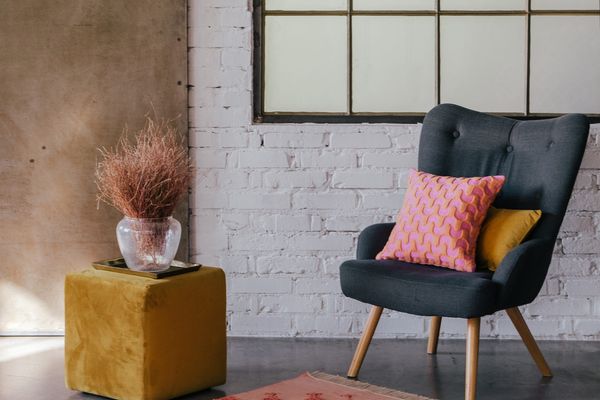
Dreaming Threads | Tradition reinterpreted
